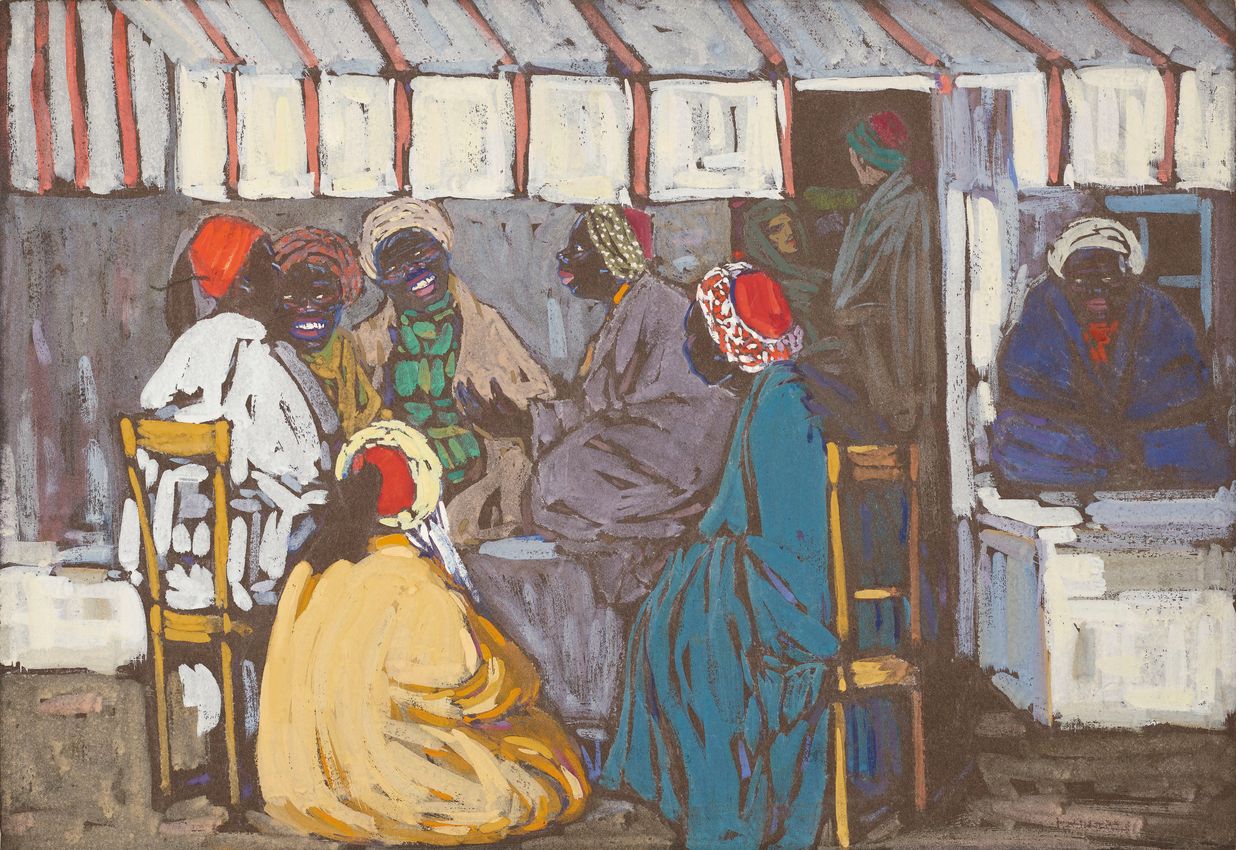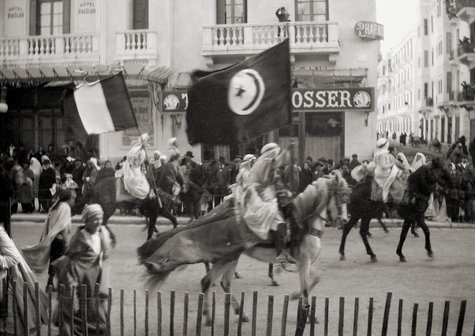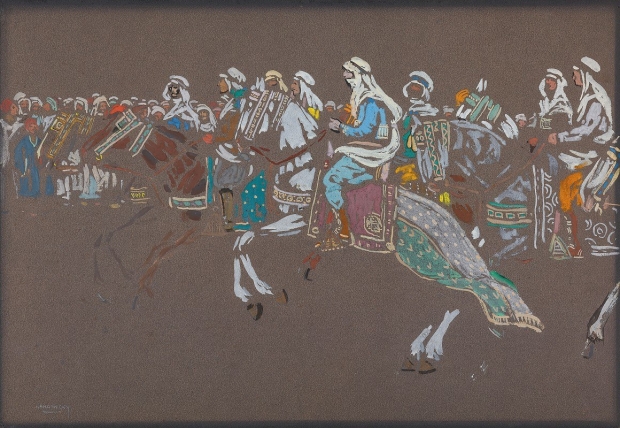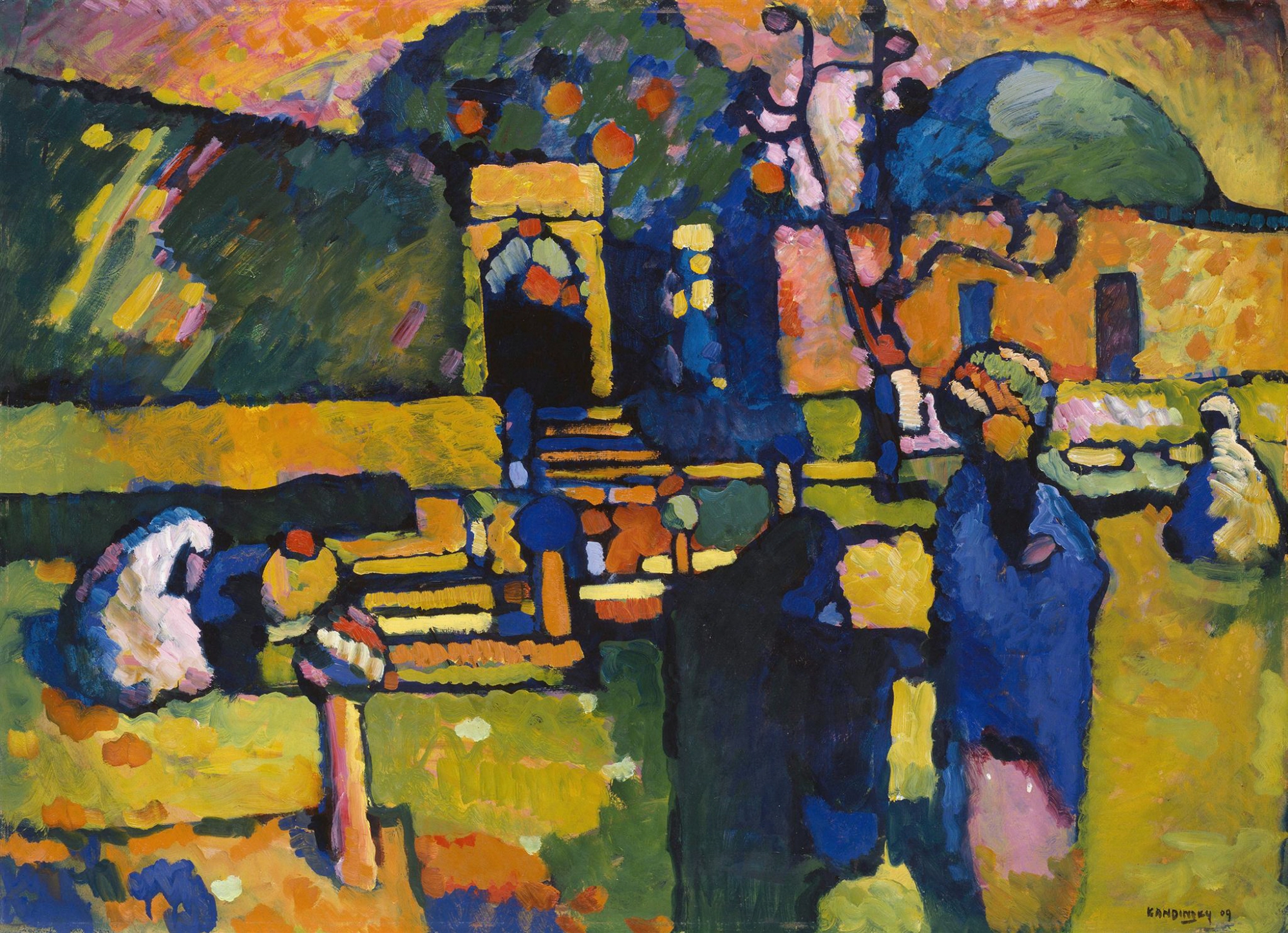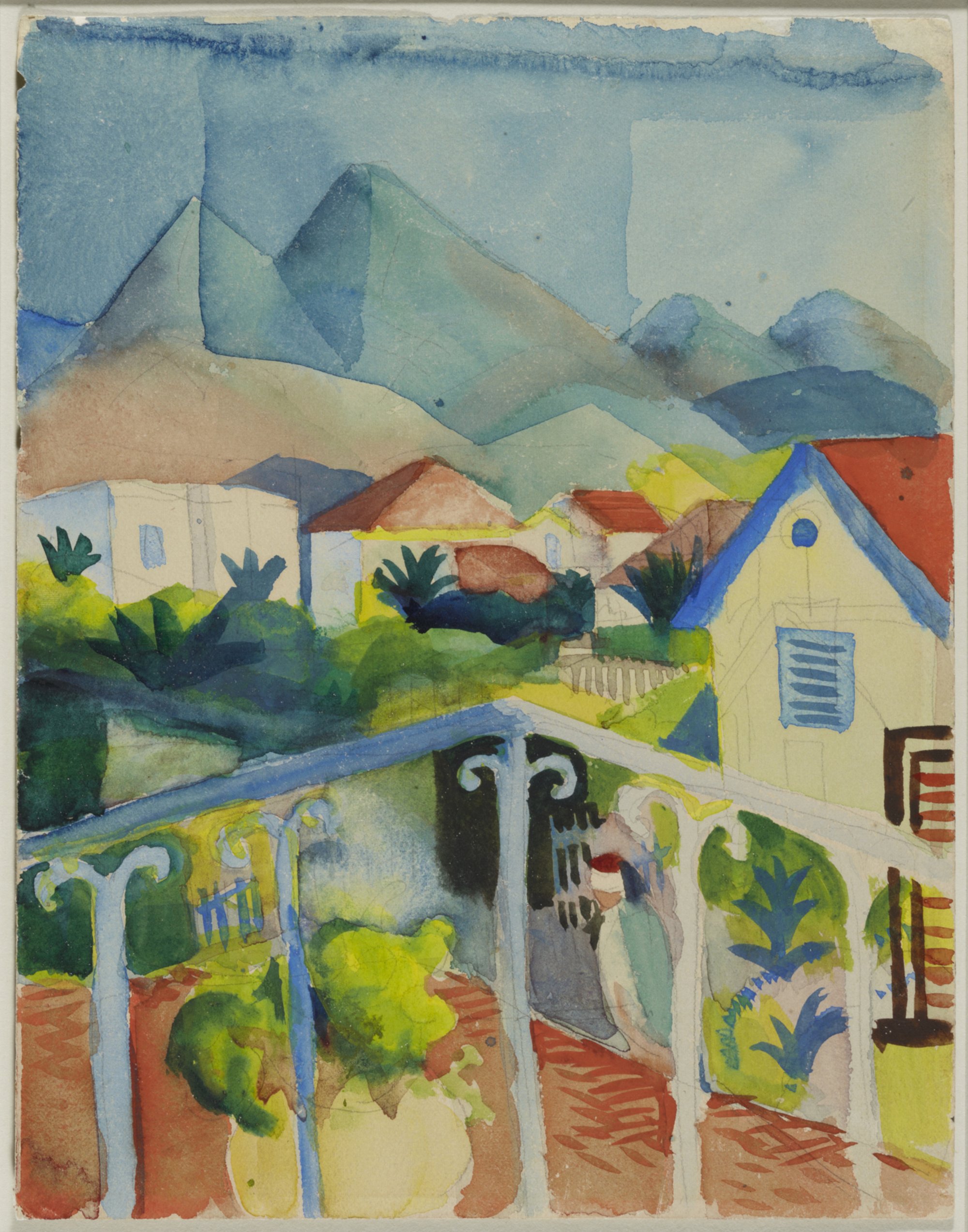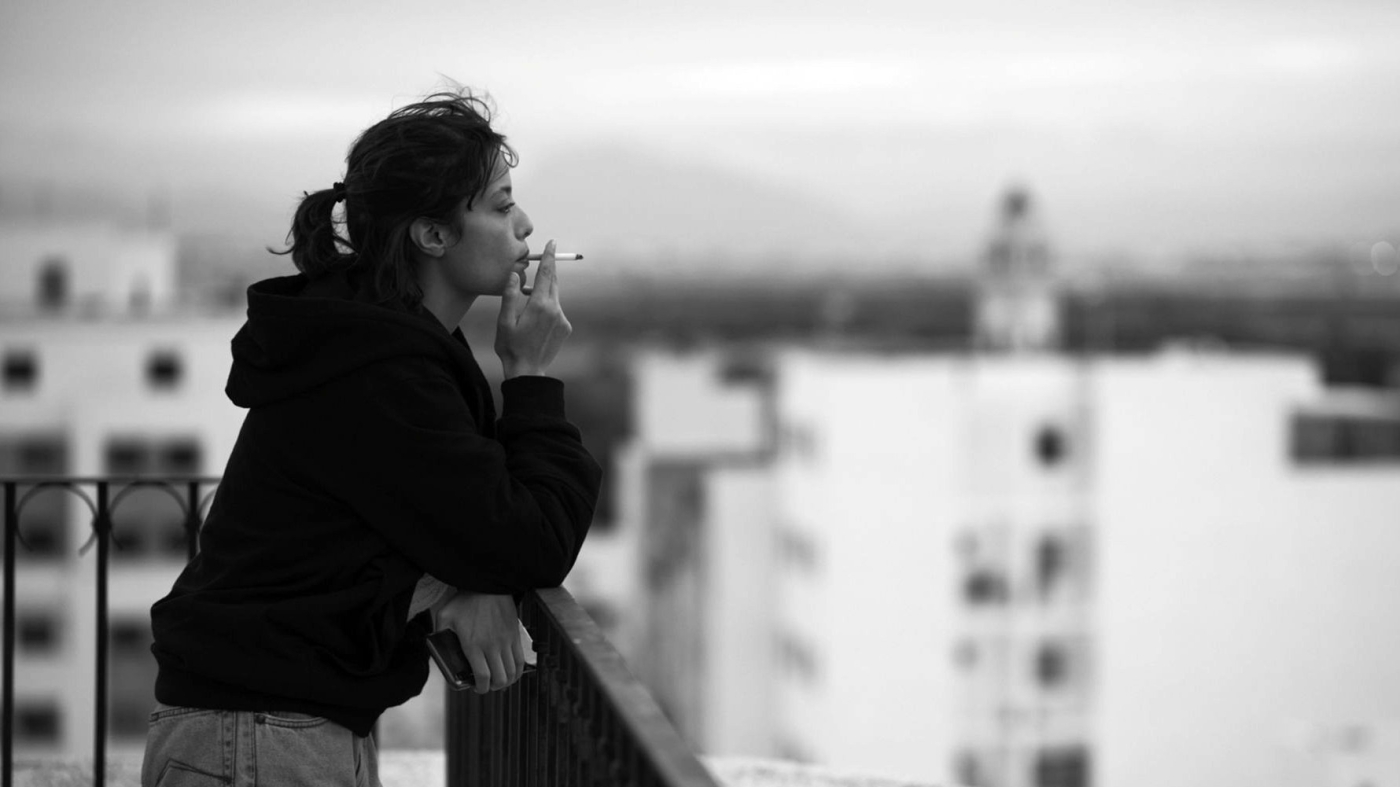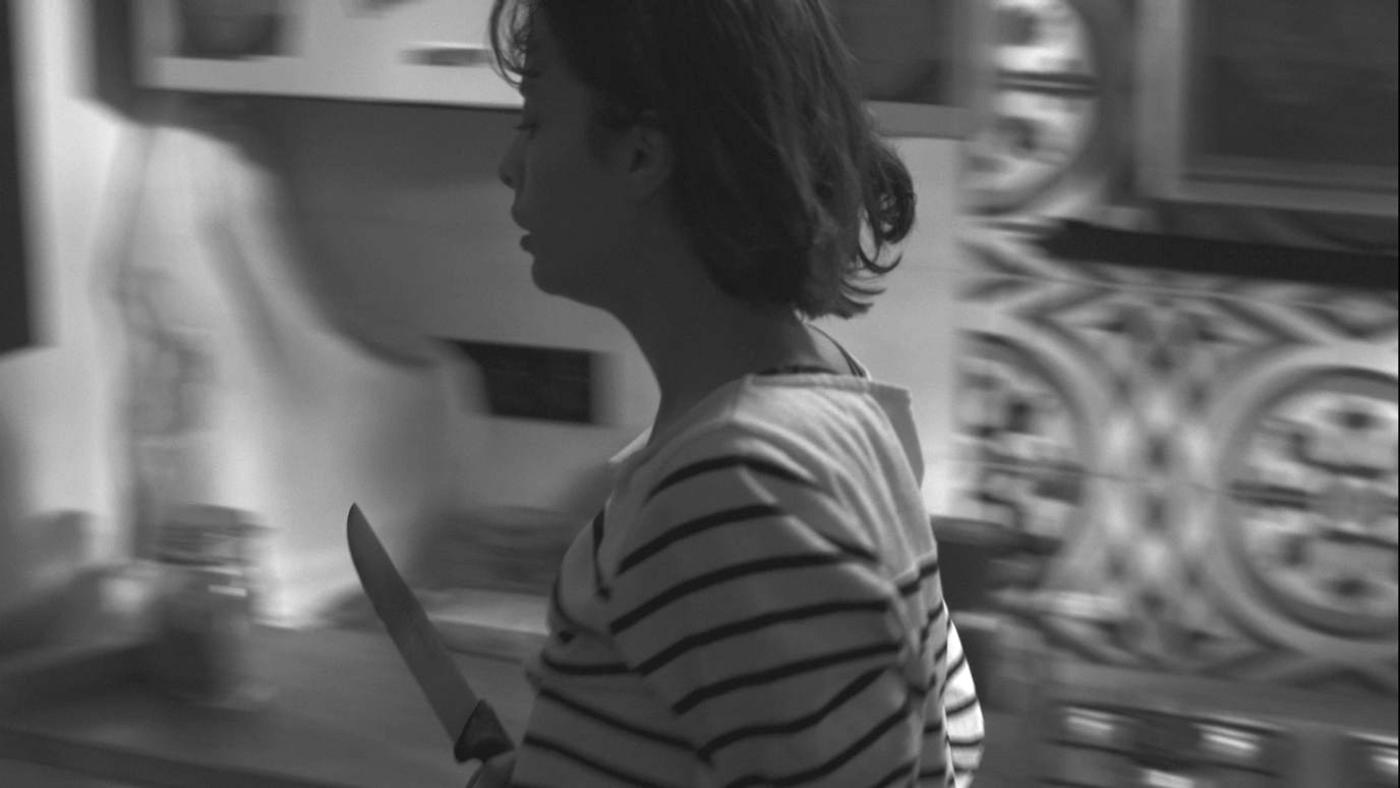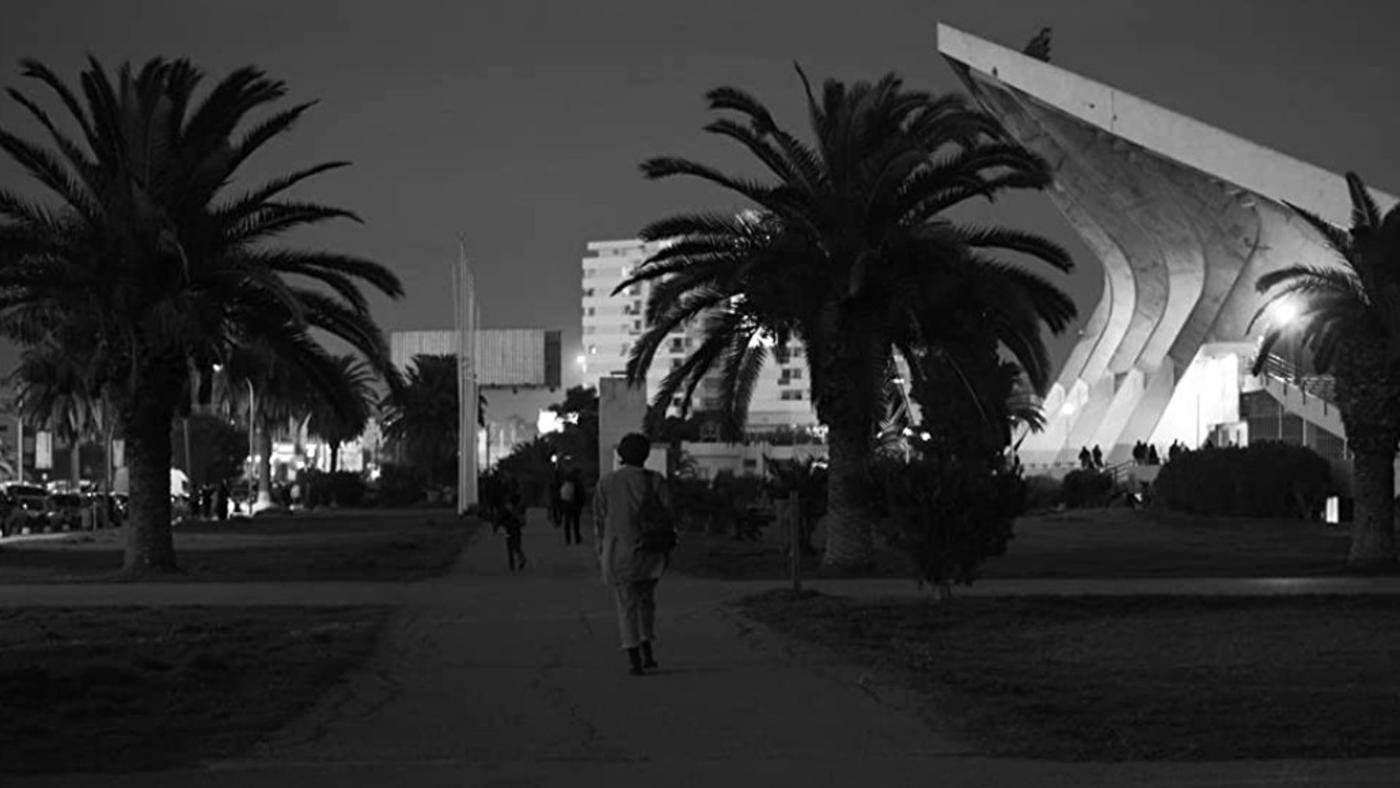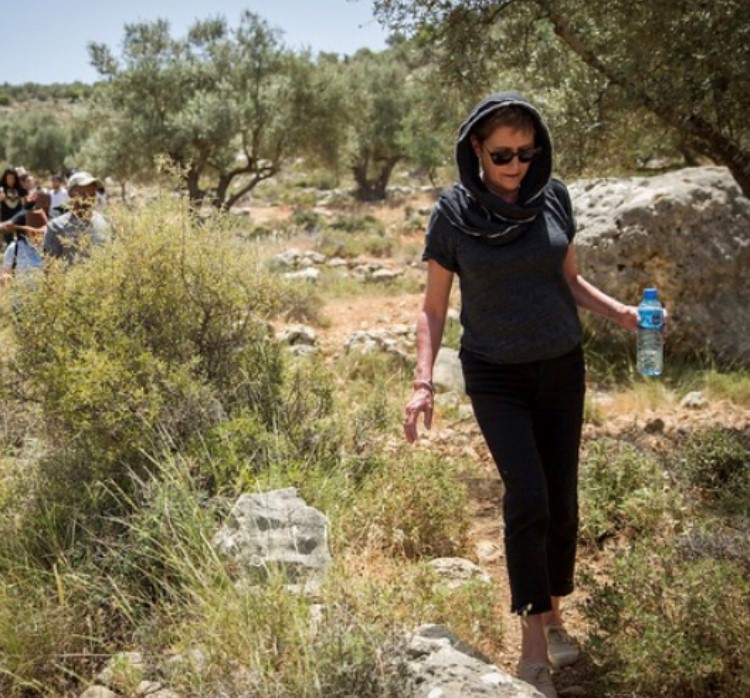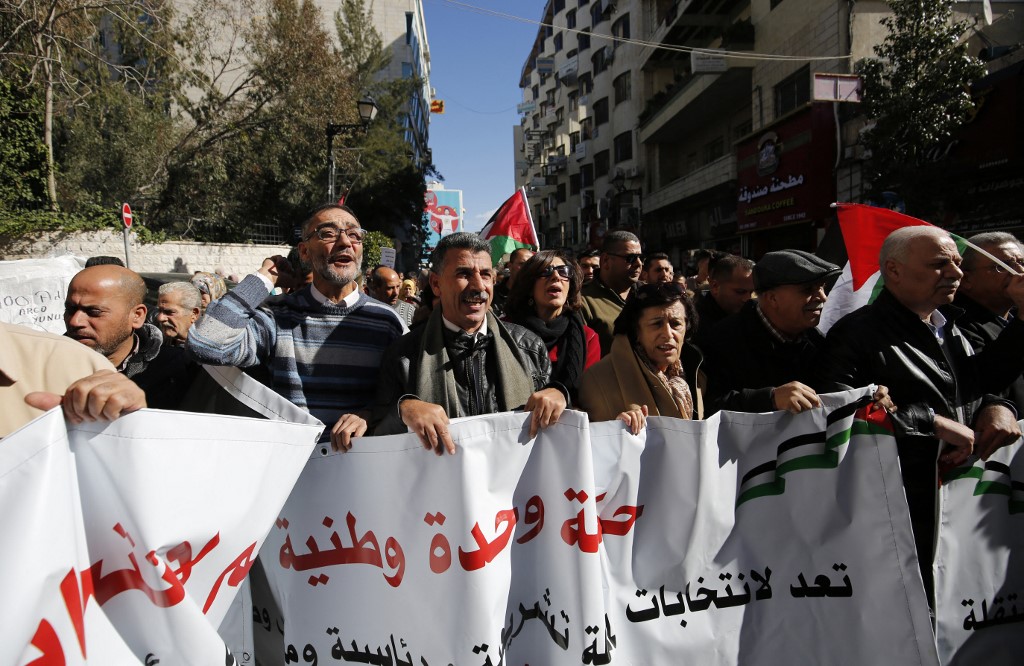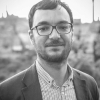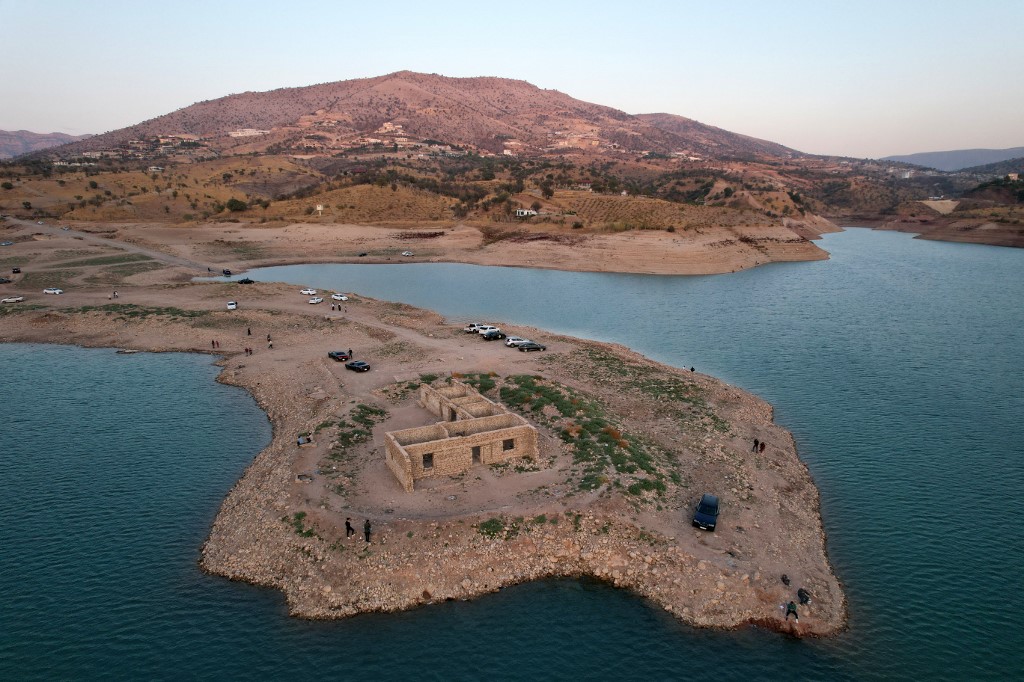
Gaza 2021: When Israel's arrogance was broken
Ameer Makhoul
13 July 2021
Israel's belief that its military might will bury the Palestinian will to resist was proven wrong
It is difficult to interpret the ultimate outcome of the ceasefire between Israel and Hamas, since the main driver was an international effort, involving in particular Egypt and the US.
The real motive driving both sides to reach a ceasefire, however, was the situation on the ground, both socially and militarily. This could potentially mark the end of an era and the start of a new one. But it could also represent missed opportunities in the shifting Palestinian political sphere, continuing the “armistice doctrine” rather than finding a real solution to the blatant power imbalance.
Its belief that planes could bury the Palestinian will to resist by levelling residential towers was proven wrong
If we consider the recent Gaza battle to have begun when the military wing of Hamas launched rockets towards Jerusalem at the height of a popular political uprising against Israeli policies in Sheikh Jarrah and at al-Aqsa Mosque, we have a situation where a Palestinian group took the reins and initiated an attack against escalating Israeli aggression. Hamas did not rely on a “reaction doctrine” after a strike by Israel, such as the assassination of one of the group’s leaders.
The missile attacks surprised Israel and revealed a major and fundamental failure in its estimation of Hamas’s military strength. The battle was calculated, with the targeting of Israeli population centres in Jerusalem, Beersheba, Tel Aviv and other cities in the Gush Dan area.
Jerusalem was witnessing a popular battle - the most successful since the First Intifada - that united the Palestinian people over key issues, including self-determination and the right of return. What was postponed after the Oslo Accords came back to the forefront.
Israel's military might
Israel bet on its military might, especially its advanced air force and the enormous capabilities of its military intelligence, that is equipped with the latest technologies and have almost total informational control over all of Palestine, from the river to the sea.
In its military approach, the occupying state also bet on two other dimensions: firstly, the “battle between wars”, constituting the rounds of aggression Israel launches every few years without allowing them to escalate into major, full-fledged wars.
The second dimension, dating back to 2006, is what the Israeli army calls the “Dahiya doctrine”, referencing an area in the southern suburbs of Beirut where Hezbollah was located. The strategy is centred around massive destruction and the targeting of civilian infrastructure to “deter” the other side, which is not an organised army.
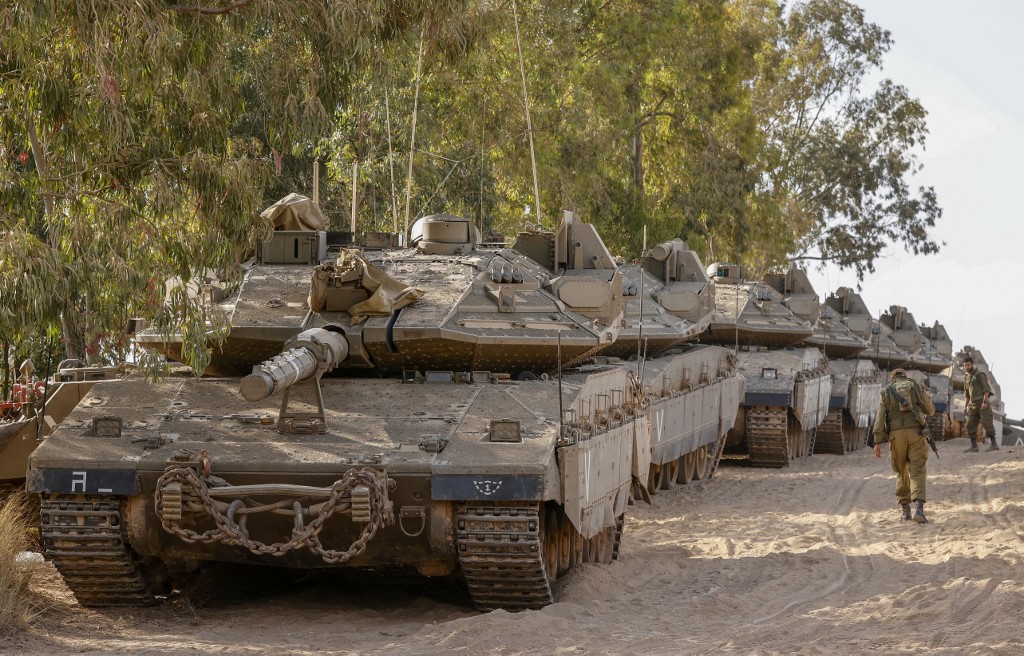
Israeli tanks are deployed near the Gaza Strip on 20 May 2021 (AFP)
This could well be renamed the “2021 Gaza doctrine”, having been further developed by the Israeli army’s chief of staff, Aviv Kochavi. It is centred on causing the greatest amount of destruction in the fastest time, or as translated by the inciteful Israeli media: “Changing Gaza’s topography.”
Israel’s strategy is closer to one of urban genocide, aided by the latest technologies and artificial intelligence. It launched dozens of deadly strikes on Gaza within a single night. But Israel’s arrogance has been broken - its belief that planes could bury the Palestinian will to resist by levelling residential towers was proven wrong, as Palestinian rockets continued to target Israeli cities, and popular gatherings did not stop. The whole country became a battlefront.
In addition to losing the value of these two dimensions of its military approach, Israel made every possible effort to avoid a ground invasion, which endangers its soldiers, putting them at greater risk of death or capture.
Palestinian divisions
Since 2006, Israel has been the primary beneficiary of the fundamental divisions within the Palestinian political system. Israel was relying on the Trump administration to continue propping it up for another four years in its ongoing assault against the Palestinian cause, but this wish did not become reality.
Under the Biden administration, the fundamental policies and comprehensive support for Israel have not changed, but there is a growing consensus that the Israeli leadership is an obstacle to other US policies in the region, such as the Iran nuclear deal.
This could well be renamed the “2021 Gaza doctrine”, having been further developed by the Israeli army’s chief of staff, Aviv Kochavi. It is centred on causing the greatest amount of destruction in the fastest time, or as translated by the inciteful Israeli media: “Changing Gaza’s topography.”
Israel’s strategy is closer to one of urban genocide, aided by the latest technologies and artificial intelligence. It launched dozens of deadly strikes on Gaza within a single night. But Israel’s arrogance has been broken - its belief that planes could bury the Palestinian will to resist by levelling residential towers was proven wrong, as Palestinian rockets continued to target Israeli cities, and popular gatherings did not stop. The whole country became a battlefront.
In addition to losing the value of these two dimensions of its military approach, Israel made every possible effort to avoid a ground invasion, which endangers its soldiers, putting them at greater risk of death or capture.
Palestinian divisions
Since 2006, Israel has been the primary beneficiary of the fundamental divisions within the Palestinian political system. Israel was relying on the Trump administration to continue propping it up for another four years in its ongoing assault against the Palestinian cause, but this wish did not become reality.
Under the Biden administration, the fundamental policies and comprehensive support for Israel have not changed, but there is a growing consensus that the Israeli leadership is an obstacle to other US policies in the region, such as the Iran nuclear deal.
Read More »
While the Biden administration has not put the Palestinian cause at the top of its regional priority list, the cause nonetheless rose to the fore this year with all its might - especially with regards to the incendiary issue of Jerusalem - raising, for Israel, the spectre of a regional war. Israel has also witnessed major shifts in the international arena, with the Palestinian voice getting louder, particularly among progressive US Democrats.
In other words, the latest round of fighting has generated a national security crisis for Israel, from which the ruling Zionist establishment sees no clear exit. Troublingly, the only thing saving it is the misery of the ruling Palestinian political establishment.
Israeli society seems to have lost its ability to protest against state aggression and failure. There is no real political opposition to the ruling right-wing, and no alternative political project. As a result, no one is held accountable for strategic political and security failures, including the setbacks of Israel’s military doctrine.
National currents
On a regional level, Israel’s relations with Egypt have been rocky in recent years. But amid the changes taking place - whether in Gaza or in the US Democratic Party - and with the Biden administration seeking to reinstate the Iran deal, Israel was forced to depend on Egyptian diplomacy in arranging the Gaza ceasefire. This also reflected a change in the US administration’s priorities.
If we borrow from military theorist Carl von Clausewitz’s concept of war, the current aggression against the Palestinian people is a continuation of the same political and strategic project that seeks to bypass the Palestinian cause at the Arab regional level and through economic peace, to deepen Palestinian divisions and weaken national currents, and to undermine the position of ’48 Palestinians.
People are viewing Sheikh Jarrah and Lod not in the framework of their individual identities, but as part of one cause
Despite the pause in the Israel-Gaza military conflict, the aggression against ’48 Palestinians and Jerusalem is not only continuing, but becoming increasingly aggressive, under the direct supervision of the Shin Bet. The ingredients for a new flareup on the ground are emerging; the latest Gaza offensive was not a “normal” battle, but rather a turning point.
The general feeling in Israel is that this latest conflict represented a military, intelligence and political failure from a strategic perspective. The state of deterrence between Hamas and Israel may ultimately strengthen the Palestinian cause as a whole. The solution will not be the reconstruction of Gaza and humanitarian aid while the siege is maintained; rather, it will entail reexamining the Palestinian cause and reinforcing demands for a just solution.
While the Biden administration has not put the Palestinian cause at the top of its regional priority list, the cause nonetheless rose to the fore this year with all its might - especially with regards to the incendiary issue of Jerusalem - raising, for Israel, the spectre of a regional war. Israel has also witnessed major shifts in the international arena, with the Palestinian voice getting louder, particularly among progressive US Democrats.
In other words, the latest round of fighting has generated a national security crisis for Israel, from which the ruling Zionist establishment sees no clear exit. Troublingly, the only thing saving it is the misery of the ruling Palestinian political establishment.
Israeli society seems to have lost its ability to protest against state aggression and failure. There is no real political opposition to the ruling right-wing, and no alternative political project. As a result, no one is held accountable for strategic political and security failures, including the setbacks of Israel’s military doctrine.
National currents
On a regional level, Israel’s relations with Egypt have been rocky in recent years. But amid the changes taking place - whether in Gaza or in the US Democratic Party - and with the Biden administration seeking to reinstate the Iran deal, Israel was forced to depend on Egyptian diplomacy in arranging the Gaza ceasefire. This also reflected a change in the US administration’s priorities.
If we borrow from military theorist Carl von Clausewitz’s concept of war, the current aggression against the Palestinian people is a continuation of the same political and strategic project that seeks to bypass the Palestinian cause at the Arab regional level and through economic peace, to deepen Palestinian divisions and weaken national currents, and to undermine the position of ’48 Palestinians.
People are viewing Sheikh Jarrah and Lod not in the framework of their individual identities, but as part of one cause
Despite the pause in the Israel-Gaza military conflict, the aggression against ’48 Palestinians and Jerusalem is not only continuing, but becoming increasingly aggressive, under the direct supervision of the Shin Bet. The ingredients for a new flareup on the ground are emerging; the latest Gaza offensive was not a “normal” battle, but rather a turning point.
The general feeling in Israel is that this latest conflict represented a military, intelligence and political failure from a strategic perspective. The state of deterrence between Hamas and Israel may ultimately strengthen the Palestinian cause as a whole. The solution will not be the reconstruction of Gaza and humanitarian aid while the siege is maintained; rather, it will entail reexamining the Palestinian cause and reinforcing demands for a just solution.
One people, one cause
What is happening among ‘48 Palestinians, and in particular the emergence of the younger generation as a driving force in protests, is important, but it is not what distinguishes the latest confrontation with the Israeli regime. Rather, this is about the larger cause. People are viewing Sheikh Jarrah and Lod not in the framework of their individual identities, but as part of one cause and one people oppressed by racism and settler-colonialism across historic Palestine.
The United Nations Human Rights Council’s decision to investigate Israel’s violations against the Palestinian people, including in ‘48 areas, reflects a shift in international perception. This must be transformed into a lever for the Palestinian struggle as a whole, and for its ability to confront the multi-pronged Israeli establishment.
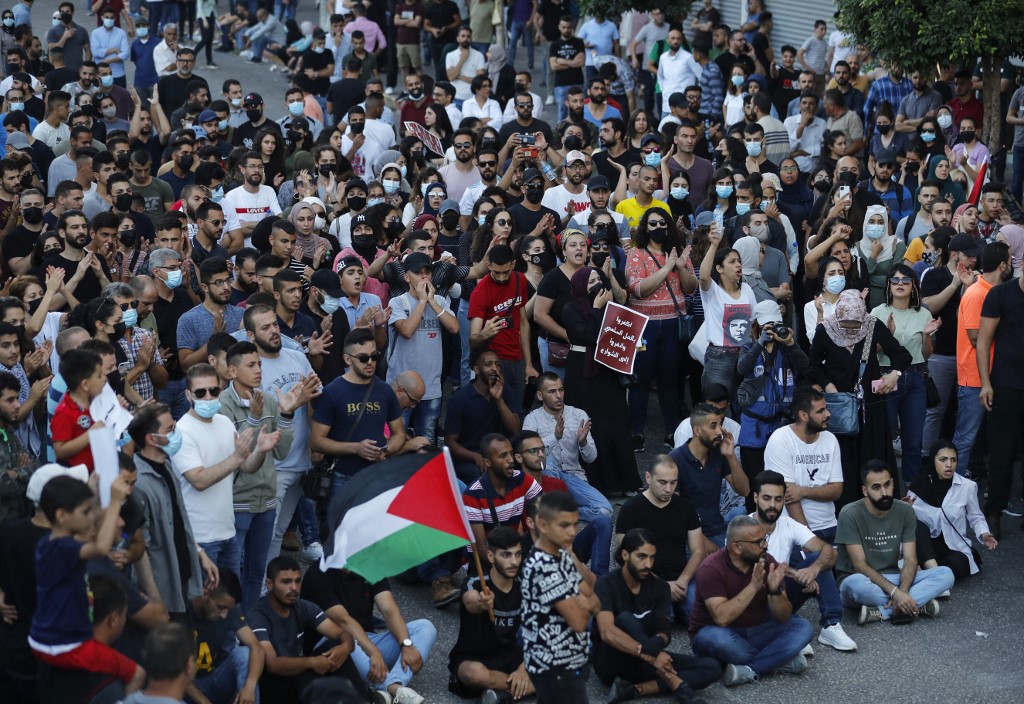
Palestinians hold a rally in Ramallah, in the occupied West Bank, on 3 July 2021 (AFP)
It is difficult to predict how the situation will reflect on Palestinian politics, with a number of competing possibilities. So far, there are no signs of reconciliation, or of a plan to unify the two existing entities in the occupied West Bank and Gaza within the framework of a single Palestinian political system. Internal Palestinian escalation is not a far-fetched concept, and this could undermine all that the people have achieved in Jerusalem, the ’48 territories, Gaza and the West Bank.
It would also be wrong to underestimate the ongoing influence of foreign parties. If the US truly wants negotiations between the Palestinian Authority (PA) and Israel, it must work to push the forces of the Israeli political centre in this direction.
Future horizons
On the other hand, the achievements of the Palestinian resistance have created a new level of deterrence that cannot be underestimated. This is a strong basis for the two sides to move towards a long-term truce, which is in their interests and could even presage the beginning of the end of the Israeli strategy of the “battle between wars”.
It is difficult to imagine Israel succumbing to its failure, which would constitute a strategic shift, with Israel losing its power of deterrence and absolute military superiority. It is difficult to see how Israel will cope with the current situation, but it must realise that it cannot do everything.
It is difficult to predict how the situation will reflect on Palestinian politics, with a number of competing possibilities. So far, there are no signs of reconciliation, or of a plan to unify the two existing entities in the occupied West Bank and Gaza within the framework of a single Palestinian political system. Internal Palestinian escalation is not a far-fetched concept, and this could undermine all that the people have achieved in Jerusalem, the ’48 territories, Gaza and the West Bank.
It would also be wrong to underestimate the ongoing influence of foreign parties. If the US truly wants negotiations between the Palestinian Authority (PA) and Israel, it must work to push the forces of the Israeli political centre in this direction.
Future horizons
On the other hand, the achievements of the Palestinian resistance have created a new level of deterrence that cannot be underestimated. This is a strong basis for the two sides to move towards a long-term truce, which is in their interests and could even presage the beginning of the end of the Israeli strategy of the “battle between wars”.
It is difficult to imagine Israel succumbing to its failure, which would constitute a strategic shift, with Israel losing its power of deterrence and absolute military superiority. It is difficult to see how Israel will cope with the current situation, but it must realise that it cannot do everything.
Read More »
At the same time, the dominant Palestinian political establishment has been unable to keep pace with the framework of the victorious popular struggle, which is now accepted by all components of the Palestinian people, even generating fresh hope in the hearts of refugees.
I do not think that Palestinian Legislative Council or National Council elections will salvage this situation. Rather, we must apply the all-inclusive popular model to the concept of political organisation, establishing a comprehensive Palestinian coordination body that includes the Palestine Liberation Organization, PA, Hamas and the High Follow-Up Committee for Arab citizens of Israel.
A forward-looking Palestinian political project will not be able to succeed without an integrated role for ’48 Palestinians. This coordination body should be formed in order to develop and open up future horizons.
The views expressed in this article belong to the author and do not necessarily reflect the editorial policy of Middle East Eye.
At the same time, the dominant Palestinian political establishment has been unable to keep pace with the framework of the victorious popular struggle, which is now accepted by all components of the Palestinian people, even generating fresh hope in the hearts of refugees.
I do not think that Palestinian Legislative Council or National Council elections will salvage this situation. Rather, we must apply the all-inclusive popular model to the concept of political organisation, establishing a comprehensive Palestinian coordination body that includes the Palestine Liberation Organization, PA, Hamas and the High Follow-Up Committee for Arab citizens of Israel.
A forward-looking Palestinian political project will not be able to succeed without an integrated role for ’48 Palestinians. This coordination body should be formed in order to develop and open up future horizons.
The views expressed in this article belong to the author and do not necessarily reflect the editorial policy of Middle East Eye.




